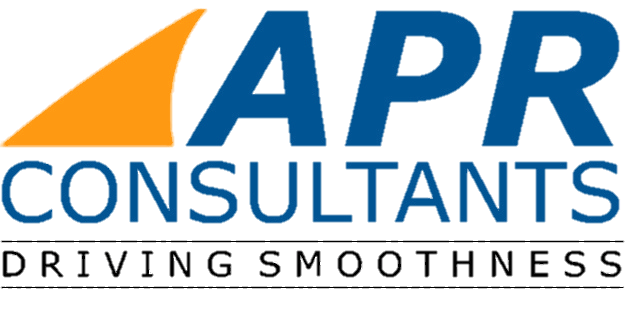Are you getting pilot reports of runway roughness? APR can assess the severity of the problem and help you resolve the issue.

APR uses the roughness thresholds established with the Boeing Bump Index. However, APR has overcome the limitations associated with a standard BBI analysis.
BBI is an index. As such, it does not care about aircraft speed or event location – two very big factors in runway roughness.
Secondly, a standard BBI analysis can only evaluate one bump at a time. Many times pilots complain about multiple event roughness.
Using APR’s aircraft simulation technology and measured profile data, APR’s BBI analysis technique solves both of these problems. We call it BBI +. Please contact APR for pricing and availability.
BBI Limitations
Limitation 1: BBI is an Index
As such, it cannot take event location or aircraft speed into account when rating a roughness event. For example, imagine you’re driving a car over a speed bump. If you encounter it at 5 mph (8 Kph), your vehicle’s response is acceptable. Should you encounter it at 50 mph (80 Kph), the vehicle’s response will be exceptionally poor. Because BBI is an index, its rating of that bump would not change, regardless of where it is on the runway or the speed of encounter. On a runway, aircraft are continually accelerating or decelerating depending on the operation. Aircraft speed is the most critical factor in accurately quantifying the effect of runway roughness.

Limitation Number 2: Single Events Only
In over 25 years of evaluating runway roughness, APR have learned that most pilot and passenger complaints come from multiple event roughness; successive bumps / dips in a row, like the pavement roughness in the plot to the left. Because BBI measures the bump amplitude verses wavelength, it can only evaluate one event at a time. Multiple events can have a cumulative effect on an aircraft’s suspension system. Encountering several smaller bumps and dips in a row (found acceptable by BBI) could very well generate excessive or unacceptable results.

Why are APR’s Results so Accurate?
APR uses aircraft simulation to predict the aircraft’s response to runway roughness. This technology accurately identifies the location of runway roughness and categorizes it using the Levels of Roughness developed by Boeing.

This is APR’s Aircraft Simulation. It predicts the aircraft’s response at the Pilot’s station (top), aircraft’s center of gravity (middle) in relation to the measured profile (bottom). APR incorporates the BBI roughness level into center of gravity accelerations plot. This method clearly identifies what roughness events caused the aircraft to respond poorly. APR’s analysis uses the same BBI criteria to determine pavement roughness, but we have overcome the limitations of the index itself. Using aircraft simulation APR can evaluate multiple event roughness and take the speed of the aircraft into account to determine the true rating of a roughness event. Our competition does not.

Boeing Document Number D6-81746 “Runway Roughness Measurement, Quantification, and Application – The Boeing Method”; is the origin of BBI. The BBI thresholds of roughness were defined by measuring the vertical accelerations at the aircraft’s center of gravity (CG). Boeing correlated those measured accelerations with pilot reported roughness and fatigue damage on landing gear components. This study resulted in the three levels of roughness that are used in the BBI today; acceptable, excessive and unacceptable. APR has modified this by adding one additional level. This fourth level is Level 0 (zero) and represents the lack of pavement roughness.
